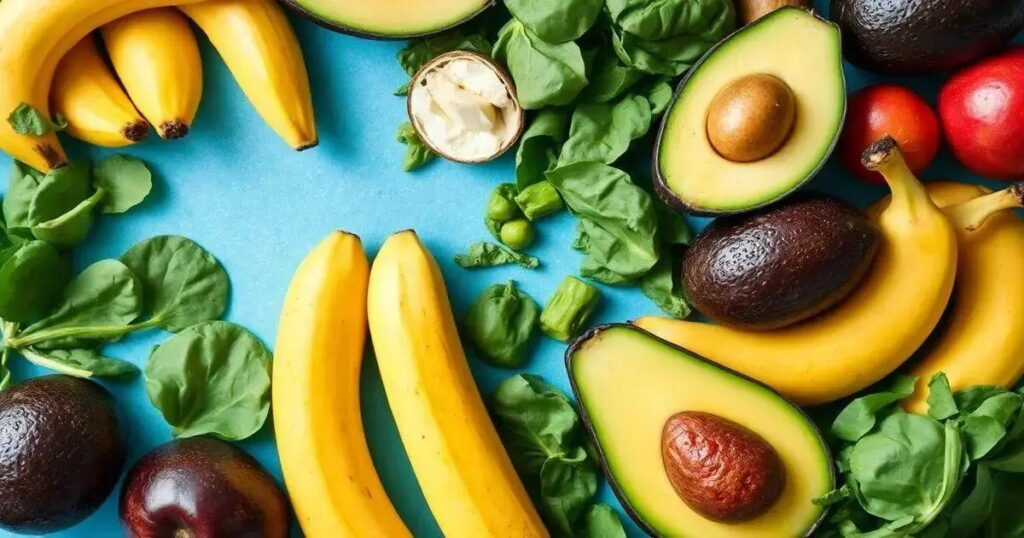To balance blood pressure naturally, increase potassium intake through foods like bananas and spinach, exercise regularly, manage stress, maintain a healthy weight, and limit sodium and alcohol consumption.
Maintaining healthy blood pressure levels is crucial for overall health, and one effective way to achieve this is through potassium-rich foods. Potassium, a vital mineral, plays a key role in regulating blood pressure by balancing sodium levels in the body. In this article, we’ll explore natural methods to balance blood pressure using potassium, the best potassium-rich foods to include in your diet, and additional lifestyle tips that can support your heart health.
Understanding Potassium and Its Role in Blood Pressure
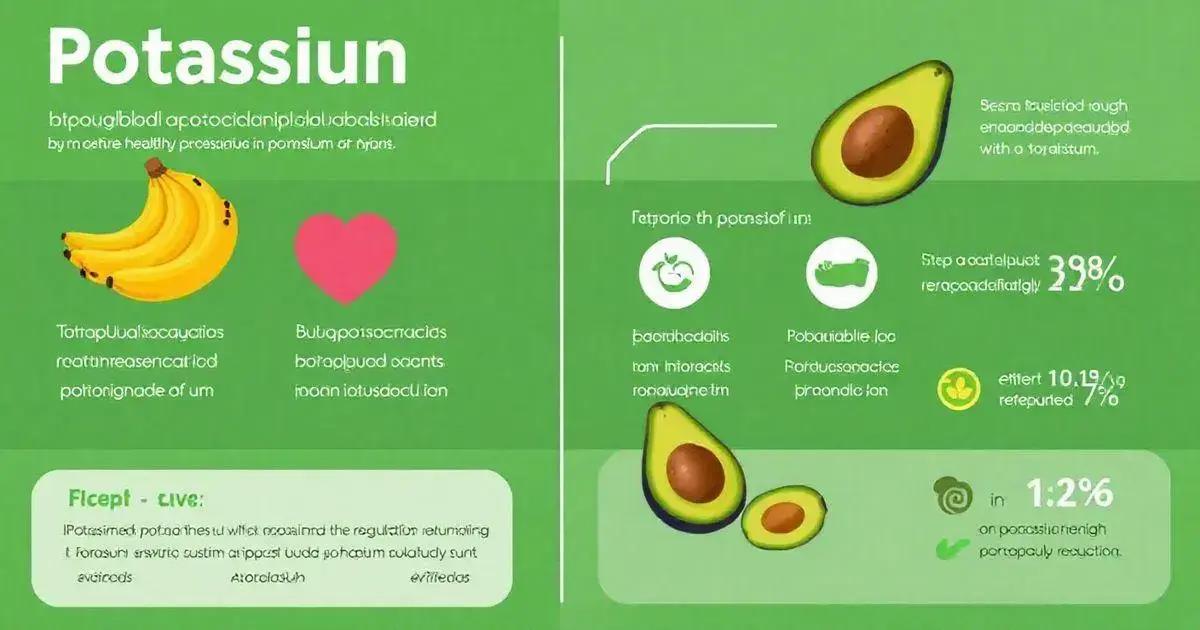
Potassium is a vital mineral that our bodies need to function properly. It plays a significant role in maintaining healthy blood pressure levels. By balancing sodium in the body, potassium helps relax blood vessel walls, leading to lower blood pressure.
How Potassium Affects Blood Pressure
When potassium intake is adequate, it can help counteract the negative effects of sodium. High sodium levels typically lead to increased blood pressure, while potassium works against this effect. This is important because high blood pressure can lead to serious health issues like heart disease and stroke.
The Recommended Daily Intake
The recommended daily intake of potassium for adults is about 2,500 to 3,000 mg. Most people do not meet this requirement through their diet. By understanding the importance of potassium, we can make better food choices.
How Potassium Influences Heart Health
A diet rich in potassium has been linked to lower blood pressure and reduced risks of stroke. Foods high in potassium, such as bananas, oranges, and leafy greens, help improve heart health. Incorporating these foods into your daily meals can have a positive impact on your overall wellness.
Foods Rich in Potassium for a Healthy Heart
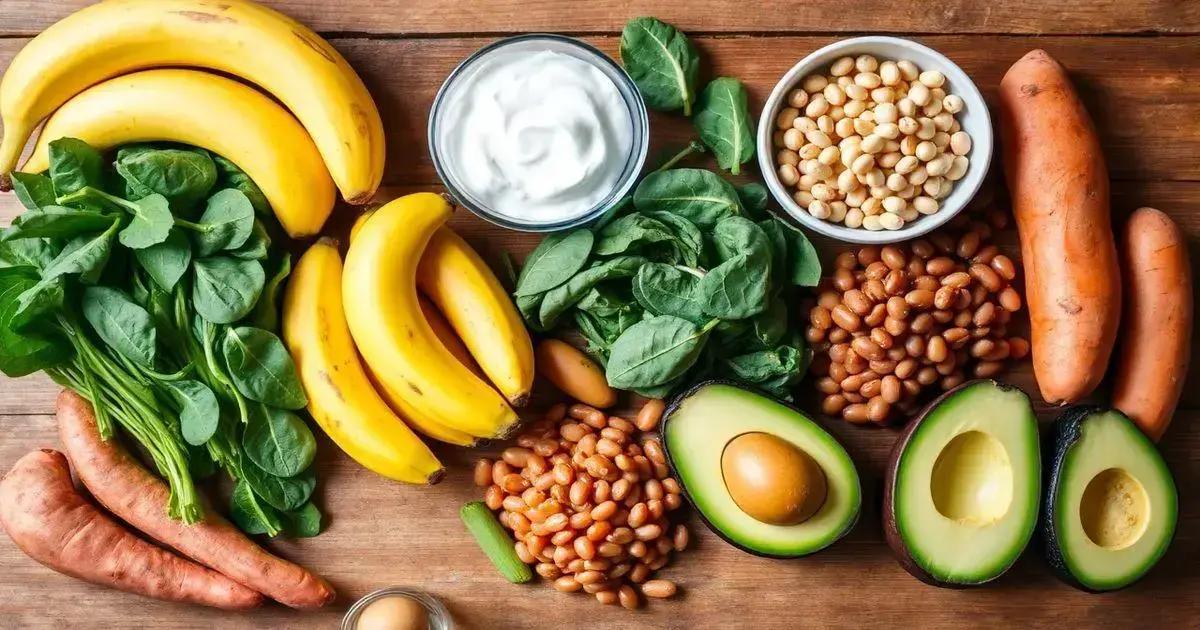
Eating foods rich in potassium is essential for a healthy heart and maintaining balanced blood pressure. Here are some of the best foods to include in your diet:
1. Bananas
Bananas are one of the most well-known sources of potassium. A medium banana has about 422 mg of potassium, making it an excellent snack for heart health.
2. Sweet Potatoes
Sweet potatoes are not only delicious but also packed with potassium. Just one medium sweet potato contains around 540 mg of potassium and is also rich in vitamins.
3. Spinach
Spinach is a leafy green powerhouse that provides approximately 839 mg of potassium per cooked cup. It’s great in salads, smoothies, or cooked dishes.
4. Avocados
Avocados are another fantastic source, providing around 975 mg of potassium per fruit. They are versatile and can be added to sandwiches, salads, or enjoyed on their own.
5. Beans and Legumes
Beans, such as kidney beans, black beans, and lentils, are excellent sources of potassium. A cup of cooked lentils can provide about 731 mg of potassium.
6. Oranges
Oranges offer about 237 mg of potassium per medium fruit. They are not only hydrating but also a great way to add potassium to your diet.
7. Yogurt
Low-fat yogurt is nutritious and provides around 579 mg of potassium per cup. It’s a fantastic addition to breakfast or snacks.
Incorporating these potassium-rich foods into your daily meals can help you maintain a healthy heart and manage blood pressure levels effectively.
How to Incorporate Potassium into Your Diet
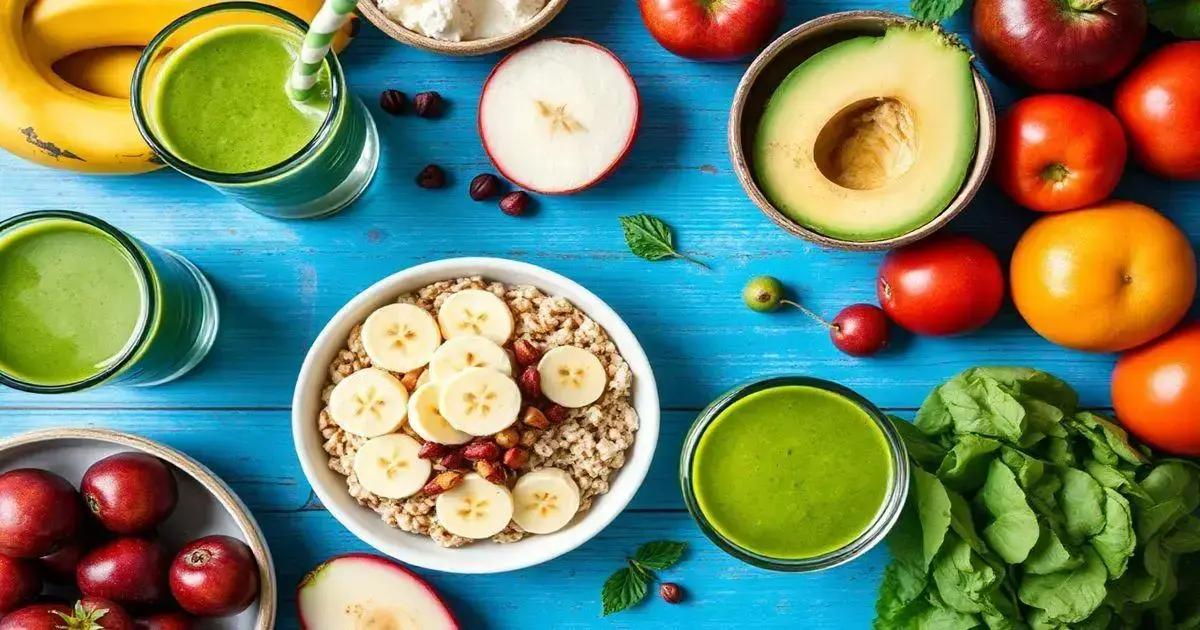
Incorporating potassium into your diet can be easy and delicious. Here are some practical tips to boost your potassium intake:
1. Start Your Day with Potassium
Breakfast is a great time to add potassium to your diet. Consider having a bowl of oatmeal topped with sliced bananas or a smoothie made with spinach and oranges.
2. Choose Potassium-Rich Snacks
Replace regular snacks with potassium-rich options. Snack on a handful of almonds, a small container of yogurt, or baby carrots with hummus, which adds both flavor and nutrients.
3. Add More Fruits and Vegetables
Make fruits and veggies a big part of your meals. Choose salads with spinach, tomatoes, or avocados, and add fruits like kiwi or cantaloupe as toppings or desserts.
4. Select Whole Grains
Opt for whole grain foods which can also contain potassium. Brown rice, whole grain bread, or quinoa are excellent choices that are not only nutritious but also filling.
5. Prepare Homemade Soups or Stews
Soups and stews are easy to prepare and can be packed with potassium. Use potatoes, beans, and various vegetables as your base. Simmer with spices for a delicious meal.
6. Experiment with Legumes
Incorporate beans and lentils into salads, soups, or as side dishes. A cup of cooked lentils offers a significant boost in potassium, making your meal both healthy and satisfying.
7. Stay Hydrated with Potassium-Rich Beverages
Drink smoothies or fresh fruit juices that include potassium-rich ingredients. Coconut water is also an excellent option and offers a refreshing taste along with various health benefits.
Other Natural Methods to Balance Blood Pressure
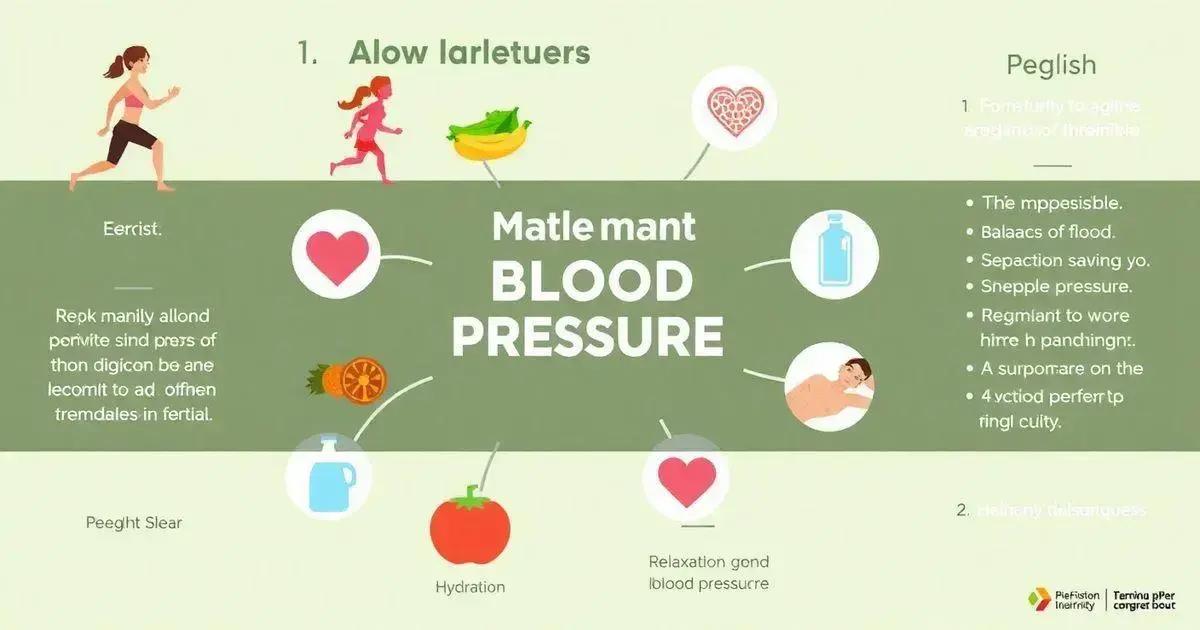
In addition to increasing potassium intake, there are several other natural methods to help balance blood pressure effectively:
1. Regular Exercise
Engaging in regular physical activity can have a significant impact on blood pressure. Aim for at least 30 minutes of moderate exercise most days of the week. Activities like walking, swimming, and cycling can strengthen your heart and improve circulation.
2. Maintain a Healthy Weight
Carrying excess weight can increase blood pressure. Losing even a small amount of weight can help lower your numbers. Focus on a balanced diet and regular exercise to achieve a healthy weight.
3. Reduce Sodium Intake
Limiting sodium in your diet is important for managing blood pressure. Aim to consume less than 2,300 mg of sodium per day. Read food labels and choose low-sodium options whenever possible.
4. Manage Stress
Chronic stress can lead to elevated blood pressure. Engage in relaxation techniques such as yoga, meditation, or deep breathing exercises. These practices can help you manage stress and improve your overall well-being.
5. Limit Alcohol Consumption
Excessive alcohol intake may raise blood pressure. If you drink, do so in moderation. This means up to one drink per day for women and two drinks per day for men.
6. Get Enough Sleep
Quality sleep is vital for overall health, including blood pressure management. Adults should aim for 7 to 9 hours of sleep per night. Establish a regular sleep routine and create a restful environment to improve sleep quality.
7. Stay Hydrated
Drinking plenty of water can help maintain proper body function and support blood pressure control. Aim for at least 8 glasses of water a day, more if you are active or in a hot climate.
Bringing It All Together: Your Path to Balanced Blood Pressure
Balancing blood pressure naturally is achievable through a combination of dietary choices, lifestyle changes, and a proactive approach. Incorporating potassium-rich foods into your diet plays a crucial role in this process, but it doesn’t stop there.
Engaging in regular exercise, managing stress levels, maintaining a healthy weight, and ensuring quality sleep all contribute significantly to your overall heart health. Additionally, reducing sodium intake and practicing moderation with alcohol can further support your blood pressure goals.
By embracing these strategies, you can effectively manage and balance your blood pressure, leading to a healthier and more vibrant life. Remember, each small change adds up, so take one step at a time toward better health!
FAQ – Frequently Asked Questions About Balancing Blood Pressure Naturally
How does potassium help in balancing blood pressure?
Potassium helps relax blood vessel walls, balancing sodium levels in the body and aiding in lower blood pressure.
What are some potassium-rich foods to include in my diet?
Foods like bananas, sweet potatoes, spinach, avocados, and beans are excellent sources of potassium that can help maintain healthy blood pressure.
What lifestyle changes can support blood pressure management?
Regular exercise, maintaining a healthy weight, managing stress, reducing sodium intake, and ensuring good sleep are key lifestyle changes.
How much potassium should I consume daily?
The recommended daily intake of potassium for adults is about 2,500 to 3,000 mg.
What role does exercise play in blood pressure control?
Engaging in regular physical activity strengthens your heart, improves circulation, and can significantly lower blood pressure.
Can stress management techniques affect blood pressure?
Yes, managing stress through techniques like meditation, yoga, or deep breathing can help keep blood pressure in a healthy range.

